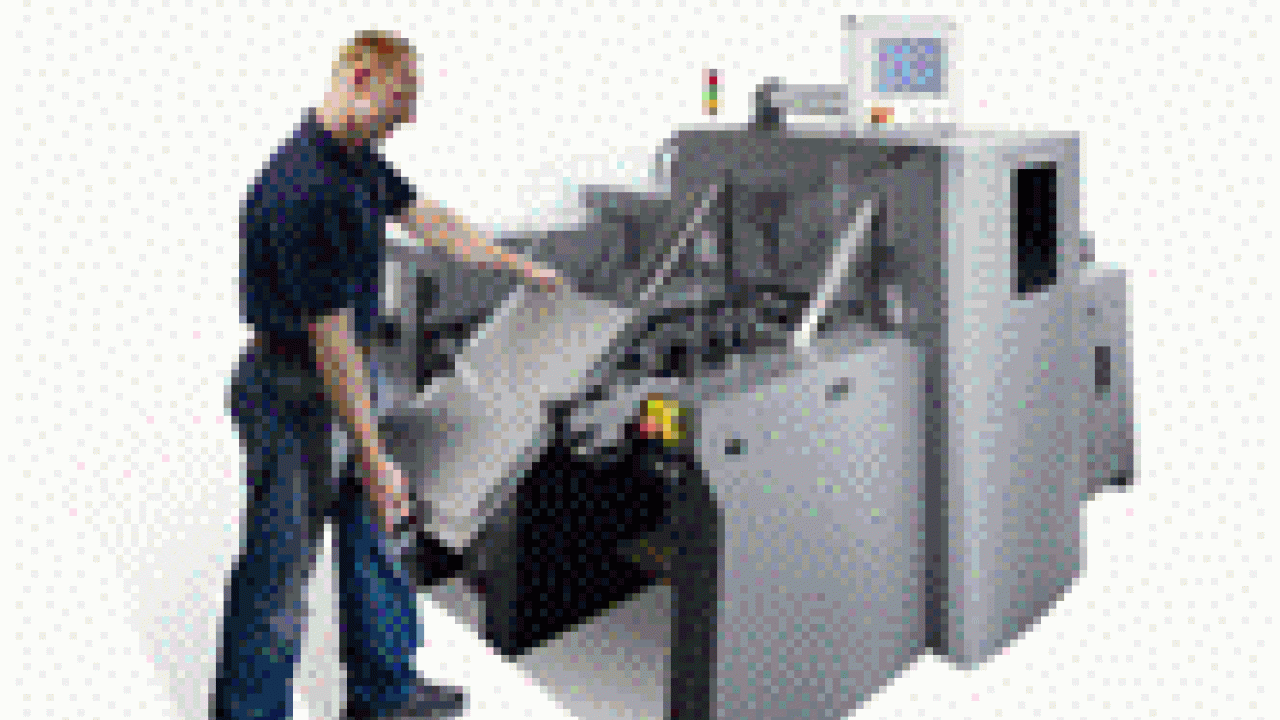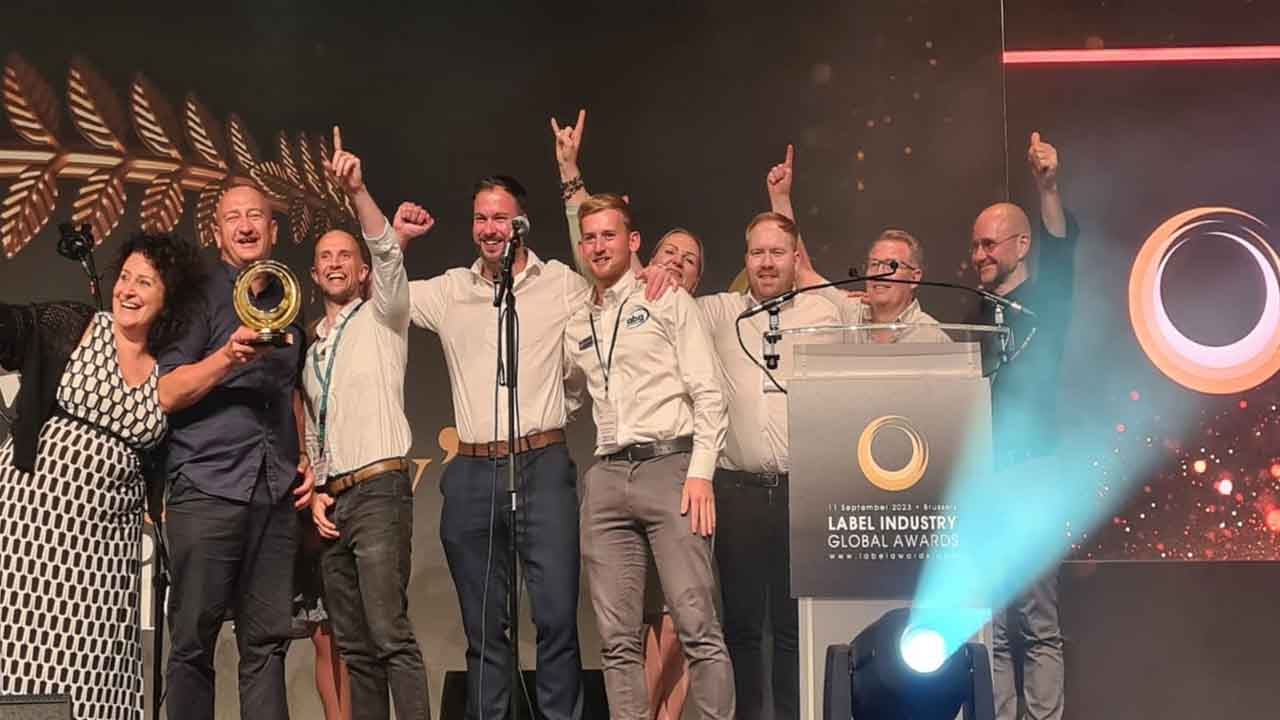Digital impacts carton finishing

Digital printing of cartons is giving brand owners new marketing opportunities and is matched by a new generation of finishing machines, writes John Harrison, Director, KAMA, UK and Ireland
Printers and brand owners alike are becoming increasingly familiar with the exciting opportunities offered by the latest digital print technology, especially in the growing market for printed packaging. The advantages are clear: the ability to print the precise quantities the customer needs, and precisely when they need it; the ability to run multi-language programs cost effectively; and the ability to respond instantaneously to a given marketplace and support regionally targeted campaigns. In addition, digitally printed packaging satisfies the 'green' environmental strategies of both printers and brand owners, and amongst other advantages, offers sustainability through reduced materials wastage.
So, it’s no surprise to see the interest in digital printing of packaging products. With the folding carton market showing year on year growth, but with product packaging becoming increasingly fragmented, we are left in a world of decreasing run lengths. In recent years, technology improvements in pre-press and offset presses has enabled printers to satisfy these reducing run lengths, but increasingly, brand owners are demanding customized print to engage their customers with more relevant or unique content. It is this trend towards customization, personalization, and shorter runs that is driving the need for digital packaging.

With the trend towards digital printed cartons established, the issue is how to convert the printed sheet into a die cut blank. Generally, the digital format is smaller, so commercial printers and carton printers in particular, find their size 6 and 3B die cutters unsuited to the smaller format and very short runs, and many reverted to using ‘old style’ cylinder die cutters.
But, with printers running state-of-the-art CtP and the latest digital printing presses, the thought of relying on 50-year old die cutting technology to finish the printed sheet has been far from appealing, both in commercial and image terms, and so a better solution had to be found.
As a manufacturer of finishing machines for the graphics industry we saw this as a great opportunity, and embraced the market trend wholeheartedly. We had in fact, early on, recognized the likely future demand for a smaller format multi-application die cutter, and at Drupa 2008 we gave a world debut to the KAMA ProCut 53. Exhibited and running for the first time at a trade show, the new machine was the world’s first automatic flat bed die cutter, with a sheet format of 530 x 400mm. This new addition to our range meant we had die cutters available from B3 up to our existing B2 and B1 size machines. The suitability of our ProCut 53 for finishing digital printed soon attracted the attention of the leading digital press manufacturers, and we have subsequently formed close working relationships with Xerox and Hewlett Packard, as solution partners.
With our manufacturing plant in Dresden, Germany, our core products have always been automatic ProCut die cutters. As well as cutting and creasing, the range offers a variety of applications including hot foil stamping, registered hologram and hot cutting/creasing of plastics. Our technology has enabled printers, bookbinders, finishing companies and now carton printers to extend their services and offer greater added value finishing to their customers and greater impact for the customer’s products. KAMA’s principle of the moving upper table and gripper bar system ensures precise cut to print register, and its unique sheet transport system allows it to run sheets almost nick free – something that is not possible on a cylinder die cutter. Cutting and creasing on the ProCut flat bed die cutter brings with it improved crease quality, which in turn means accurate folding and improved downstream productivity when the job has to be folded and glued.
All our expertise and know-how stood us in good stead to cope with the special demands of the nascent market for digitally printed cartons. With digital print runs being so short, we had to focus much of our attention on reducing job change over times, and we have achieved this in a number of ways.
First, the press section is exceedingly strong, which reduces the need for time-consuming patch up, and, of course, the smaller format helps too. This means it is possible to change-over die cutting jobs in less than five minutes, and change from hot foiling to die cutting in less than 10 minutes. With each Open House or exhibition we have attended, we have seen increasing interest in our B3 size die cutter, resulting in a significant number of agreed sales.
What is particularly encouraging is the sight of many of the multinational carton manufacturers appreciating the benefit of digital print and actually investing in it.
With formats offered by the major digital press manufacturers getting larger, we are well placed to offer a proven die cutting solution, but in a market that is fiercely competitive, and where added value is taken for granted, our ability to offer hot foil stamping, hologram application, and hot cutting/creasing for plastics is an appropriate response to this new market trend. Now state-of-the-art digital package printing has its own bespoke finishing technology.
Stay up to date
Subscribe to the free Label News newsletter and receive the latest content every week. We'll never share your email address.

